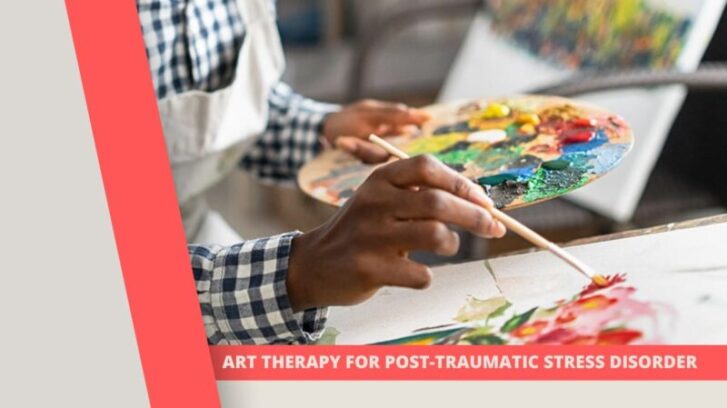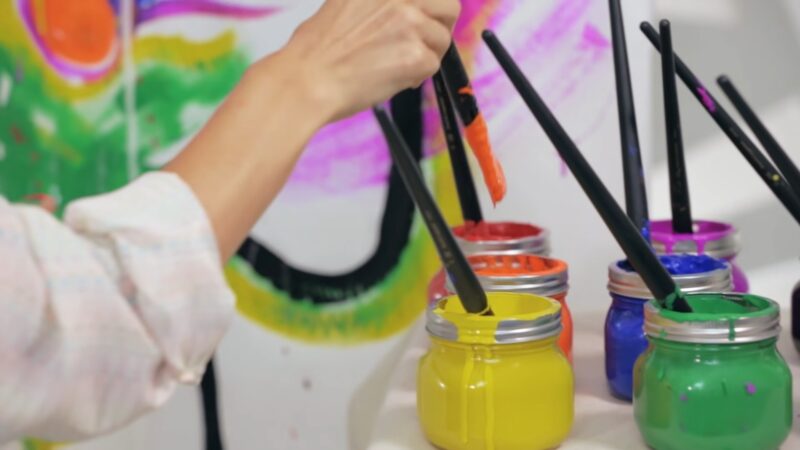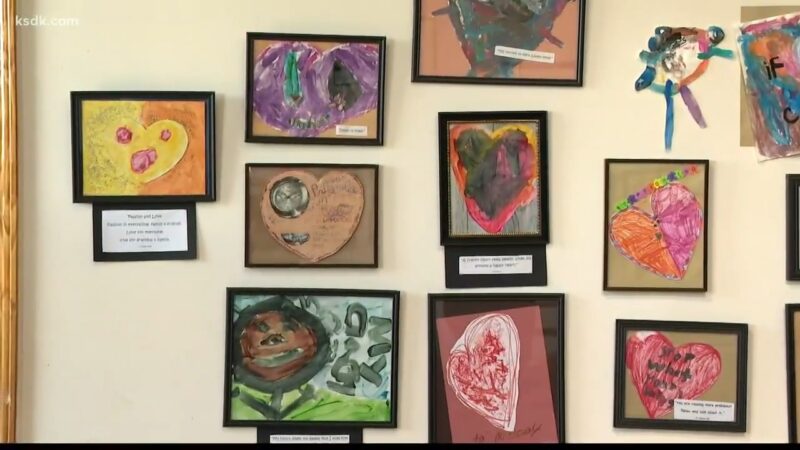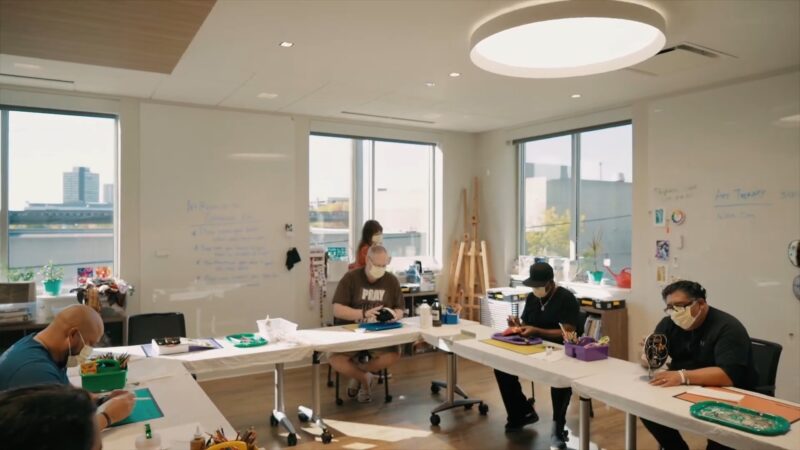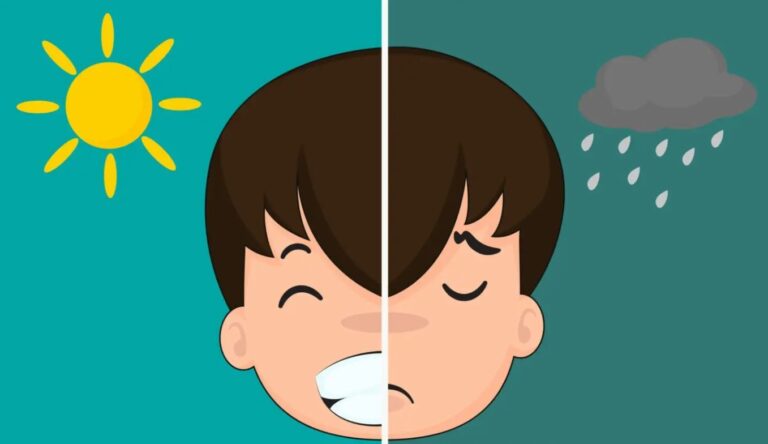We’ve all heard about PTSD – those invisible wounds that haunt our friends, family, and neighbors long after devastating experiences are over. As a society, we’re gradually gaining more understanding of how trauma impacts the mind, body, and spirit. It’s heartbreaking to witness good people struggle under the weight of memories they can’t escape.
While therapy and medications have helped pull some from the depths, there are always those who struggle to find relief through conventional methods alone. That’s where alternative treatments, like art therapy, are making a difference.
The simple act of putting brush to canvas or pencil to paper allows a kind of expression that transcends words. It creates space for processing painful pasts in a gentle, creative way.
Overview of Art Therapy
Art therapy is a specific form of counseling that utilizes visual creative activities as part of the therapeutic process. At its core, it is based on the understanding that nonverbal forms of self-expression can provide meaningful insights for both client and therapist alike. Within this context, artmaking becomes a tool for improved mental well-being.
During sessions, individuals work with media such as painting, drawing, sculpture, and collage – any creative outlets that allow inner thoughts and experiences to be externalized. Trained art therapists are skilled both as counselors and in guiding creative activities. They facilitate the exploration of ideas, thoughts, and emotions depicted through artwork.
Together, the client and therapist can gain perspective on underlying issues, behaviors, and narratives. Processing trauma, rising above negative thought patterns, resolving problems, and gaining self-awareness are all potential benefits. For those who struggle to articulate challenges verbally, art therapy serves as an accessible alternative language for healing.
It is a supportive, non-judgmental environment where people of all backgrounds feel safe engaging their creativity as part of therapeutic reconstruction.
Benefits of Art Therapy for PTSD
Art therapy can be really beneficial for those dealing with PTSD. One reason is that creating art acts like a healthy release. It gives people an acceptable way to express all the intense emotions and experiences connected to their trauma. Some find relief just in getting it all out through their artwork.
Doing art also means trauma survivors have control over their healing process. They can focus on feelings and memories at their own pace, dealing with as much or as little as feels manageable. That sense of control is important when triggers may constantly feel out of their control.
The therapy provides a judgment-free space too. People can openly share their private struggles through their art without fear of being misunderstood or criticized for it. That safety net can help reduce anxiety overall.
Trained art therapists provide structure and guidelines so the studio environment remains reassuring. They also use techniques like guided visualization to help process trauma memories and feelings in a gradual, contained way. This prevents overwhelming emotions from dominating daily life.
Simply put, art therapy empowers people with PTSD by giving them different paths to understand their trauma better and feel stronger in their recovery over time.
Accessibility and Availability of Art Therapy Services
Art therapy has proven to help many people, but sometimes it can be difficult to access depending on where you live. There just might not be an art therapist nearby who can take on new patients.
Even when one is available, cost is another real barrier. Therapy isn’t cheap always. For those already strained financially from dealing with their struggles, it’s not always feasible without insurance coverage.
Thankfully, more healthcare providers are starting to see the value in partnering with art therapists to bring their skills into existing mental health services. Places like community clinics, hospitals, and veteran’s centers can incorporate these programs to reach more people in need of care.
Collaboration also allows art therapists to work as part of a larger treatment team with others like social workers or psychologists. Together they can make sure PTSD patients get comprehensive support through different types of therapy tailored to their specific situations.
Benefits of Group Art Therapy for PTSD
Group art therapy can really help in a few key ways. When others have shared similar experiences, it helps reduce feelings of being alone with troubles. Seeing artwork from peers who understand your pain validates that you’re not the only one.
The community created offers ongoing encouragement and new perspectives on struggles. As members support each other through creative activities, hope builds from witnessing recovery journeys. Socializing within this encouraging space also aids in skills development.
Diverse people provide differing viewpoints to consider and spark new ways of thinking about challenges. Constructive feedback further aids growth during the healing process. Collaboration fosters interpersonal connection through a joint artistic experience.
Conclusion
Art therapy is helping many people who’ve experienced traumatic events in their lives. By using creative activities as an outlet, they can process what happened productively. Whether it’s drawing, painting, sculptures, or other art forms, it gives them a healthy way to release emotions.
Related Posts:
- What is Post Trauma Stress Disorder (PTSD)? Causes,…
- What is Schizoaffective Disorder? Causes, Symptoms,…
- What is Bipolar Disorder? Causes, Symptoms, and Treatment
- High Functioning Bipolar Disorder - How It Affects…
- Effective Anxiety Disorder Treatments
- How Accurate Is the Bipolar Disorder Self-Test? Find…

